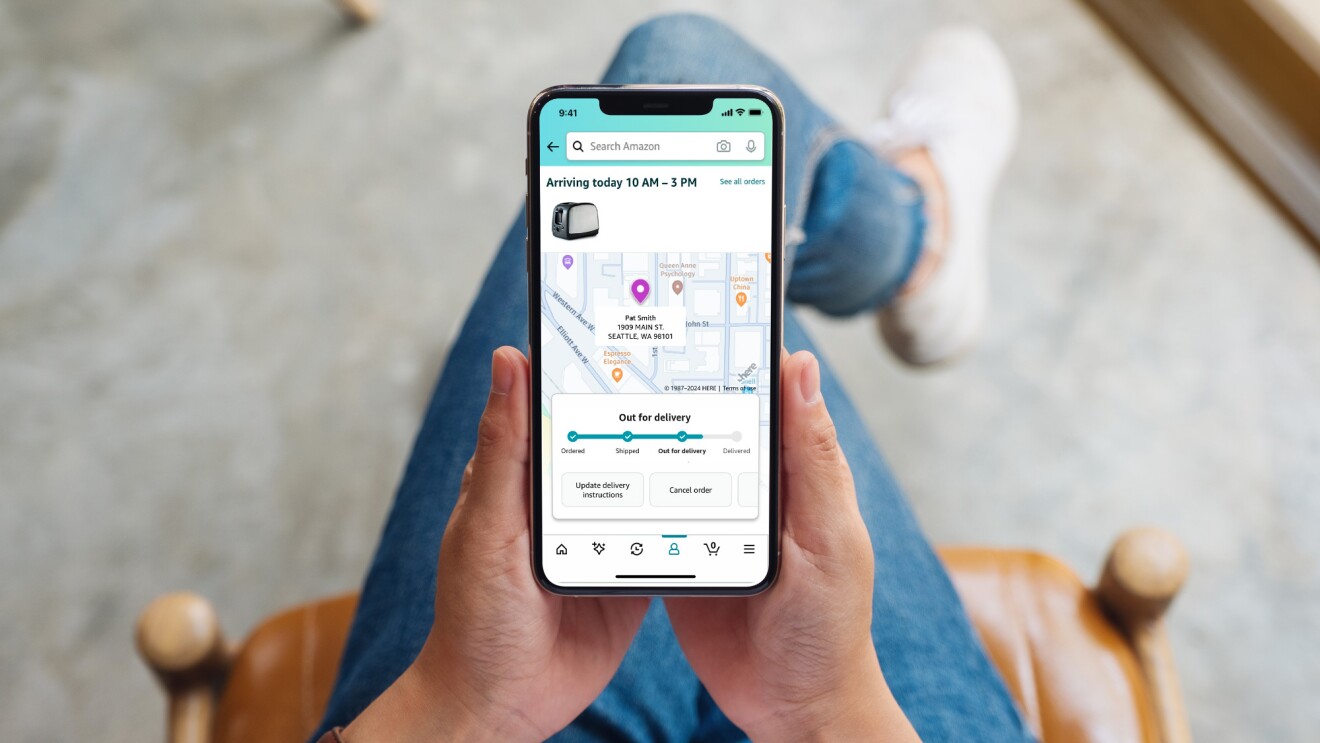Amazon offers a large selection of over 300 million products, and to help customers quickly and easily discover products they want, for decades Amazon has been leveraging machine learning and AI to provide personalized product recommendations on our homepage and throughout the shopping journey, personalized deals during our deal events, and personalized emails with products customers may want to shop. Not only does personalization help customers find the specific product they're looking for faster, it also surfaces other relevant products that might interest them.
Building on this track record of innovation in personalizing the shopping experience, Amazon is leveraging generative AI to further personalize product recommendations and descriptions in our store. Based on a customer’s shopping activity, Amazon reviews each customer’s preferences to create personalized recommendations types on our homepage and throughout the shopping journey, as well as provide personalized product descriptions that are more relevant to customers.

For example, instead of providing generic product recommendations to customers such as “More like this,” we’ll provide more specific, personalized recommendations such as "Gift boxes in time for Mother's Day" or "Cool deals to improve your curling game" based on a customer’s shopping activity. Or, if a customer regularly searches for gluten-free products and they search for “gluten free cereal,” now AI will intelligently position the term “gluten-free” within product descriptions of the right products that appear in search results, ensuring it stands out prominently–even if Amazon or the selling partner has listed “gluten-free” at the very end of the product description. This makes it easier for customers to quickly locate the right product based on the attributes that are most important to them. Whether it’s gluten free cereal, a smartwatch with long battery life, a dining table for two, or a backpack that fits a 16-inch laptop—personalization powered by generative AI makes it easier for customers to discover products suited to their specific needs.
How it works
By analyzing product attributes and customer shopping information, like preferences, search, browsing, and purchase history, we leverage a Large Language Model (LLM) to edit a product title to highlight features that we believe are most important to the customer and their current shopping activity. To ensure these titles accurately reflect what matters most to each individual, another LLM, known as an evaluator LLM, challenges and improves the results, assuring customers see the best possible product information.

“If the primary LLM generates a product description that is too generic or fails to highlight key features unique to a specific customer, the evaluator LLM will flag the issue,” said Mihir Bhanot, director of personalization, Amazon. “This feedback loop allows the system to continuously refine suggestions, ensuring that customers see the most accurate and informative product descriptions possible.”
This feature is built using Amazon Bedrock to reorder and audit the titles. Amazon Bedrock is a managed service from AWS that offers easy access to many powerful foundational models, which has enabled us to test, build and deploy generative AI applications like this at scale.











